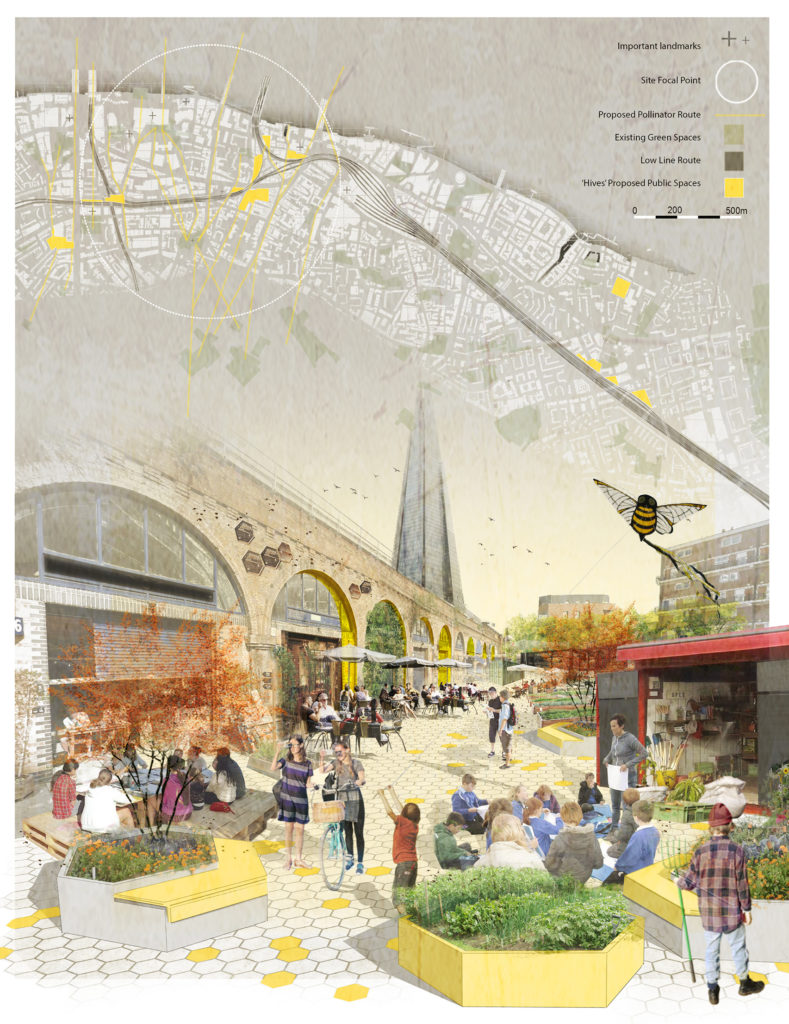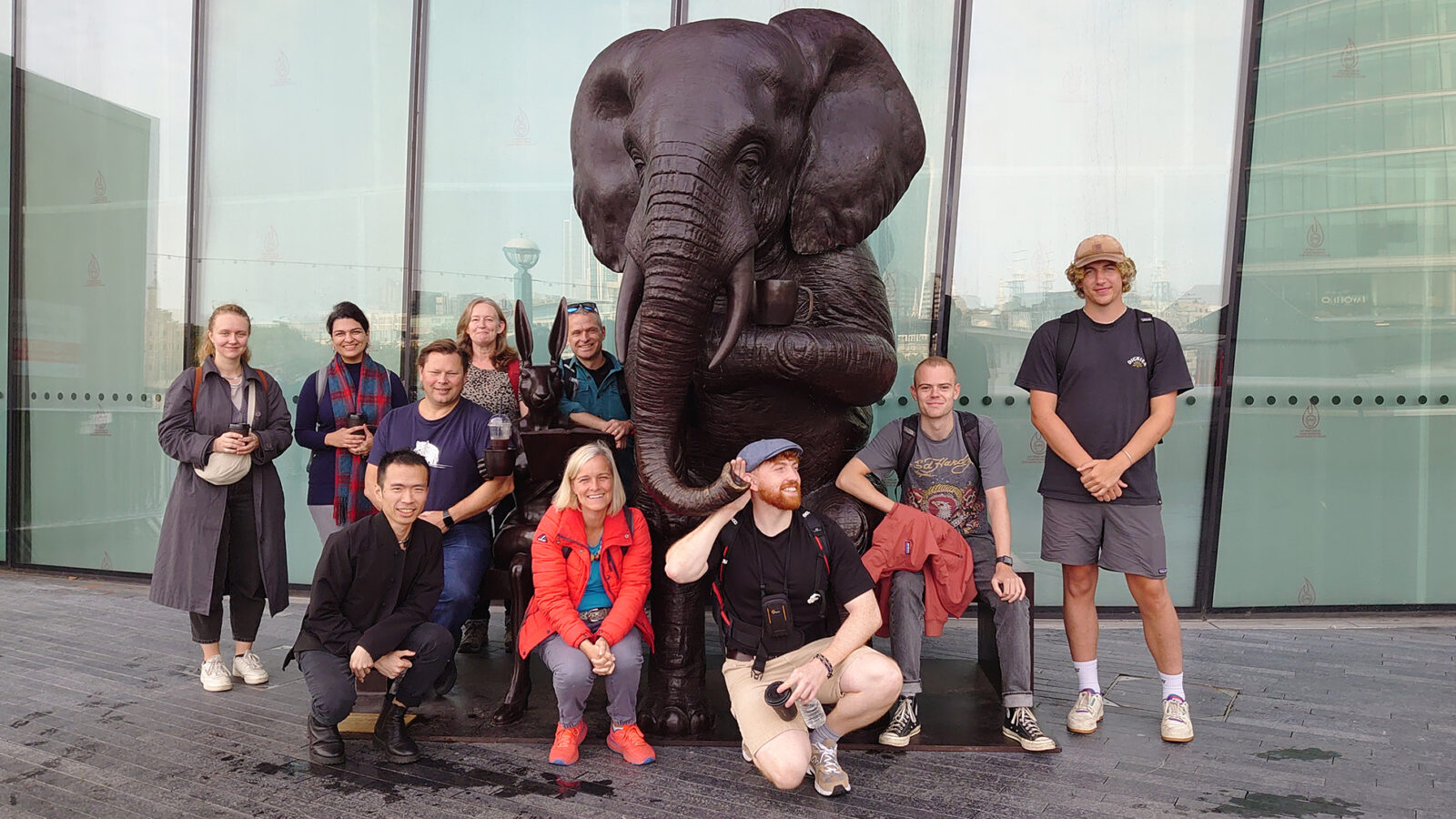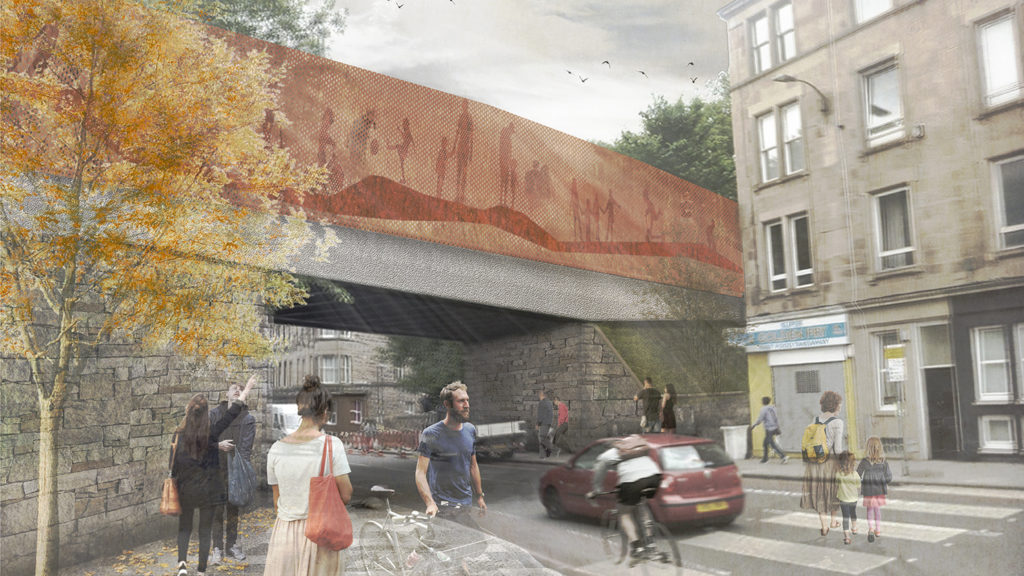Bee Line – HarrisonStevens RIBA ‘Low Line’ Competition Entry
Bee Line, London – A resilient biodiversity exemplar: providing pollinator corridors, educating and connecting lives, empowering communities.
In 2019 HarrisonStevens took part in the RIBA Low Line Competition, the project looked at addressing a need to reverse the alarming decline of bee populations, a topic which also makes up one of our 10-year challenges.
The project had 3 main aims:
• Pollinator foraging routes, connecting pollinator fields to Hives
• Social interaction corridors, connecting communities to Hubs (Hives)
• Resilient biodiversity exemplar, educating and connecting lives, empowering communities
The project also looked at providing social regeneration, connecting communities to nature. Identifying the physical and commercial challenges which form barriers; the redundant derelict land which presents an opportunity; and the wider corridors which create links into the communities.

• Regeneration – Derelict spaces identified along the Low Line create Hives, encouraging local communities to take ownership of these spaces.
• Placemaking – Series of street components to reinforce a unique identity. Bees navigate through mental maps, genes and sunlight paths, using identifiable moments. Humans can be directed towards events and moments through considered wayfinding and interpretation, and visual clues in the streetscape.
• Components – Hive, colony and hexagonal forms in planters, seating, paving, wall cladding, lamp post, lighting, super graphics, bollards and signposts.
• Biodiversity – Improved in the pollinator fields (parks), and introduced in planters, ground, wall and elevated, along the corridors. Introduction of trees attractive to pollinators, Lime. Some of the planters along the corridors and within the Hives would be rain gardens, as part of a Sustainable Urban Drainage strategy.
• Project Boundary – The Bee Line area is defined as a 640m radius from each ‘Hive’ space or from the central axis of the Low Line. 640m is approximately a 7-minute walk, the equivalent 7 minutes of flight will take a bee 3.2km from the Hive, also the approximate length of the Low Line.
Looking to create pesticide-free pollinator foraging corridors, the Bee (B) Lines link green spaces and existing parks, in adjacent neighbourhoods, to the Low Line. The existing network of streets along the Low Line is embellished with pollinator-attracting planting, a suite of colourful yellow components reinforcing the identity, and considered wayfinding and interpretation to educate and direct the city life.
Social hives will be established within the sheltered archways and derelict sites along the Low Line and in the existing parks and gardens that are linked through pollinator corridors. These spaces will become hubs of activity along the Low Line, with their own identity defined by the context and community, they nurture commercial and creative enterprise and establish resilient hives along the route. The introduction of hives and corridors would be phased, based on the initial mapping of spatial opportunity, each providing opportunity for diversity in living, working, leisure, education and recreation.
HarrisonStevens enjoyed entering this competition and although we didn’t win the team took away a lot of really important observations for the future.

See our entry number LL236 here http://www.ribacompetitions.com/low_line/entries.html



